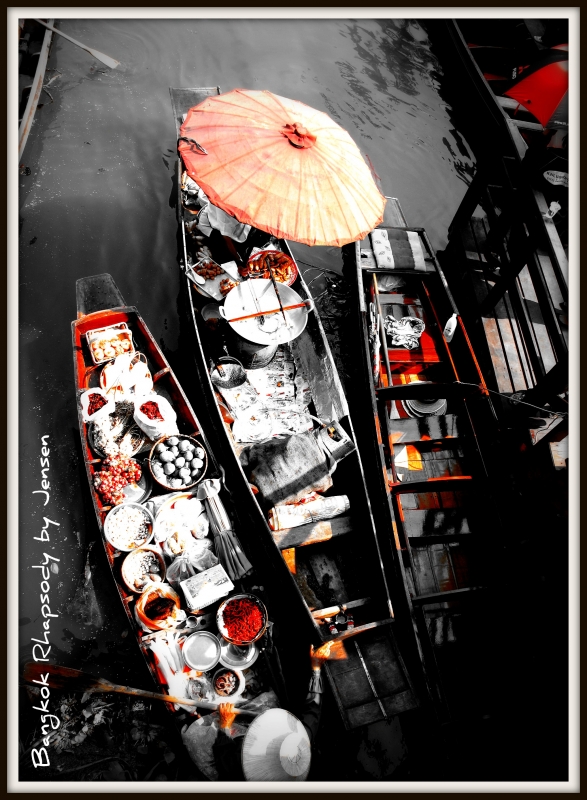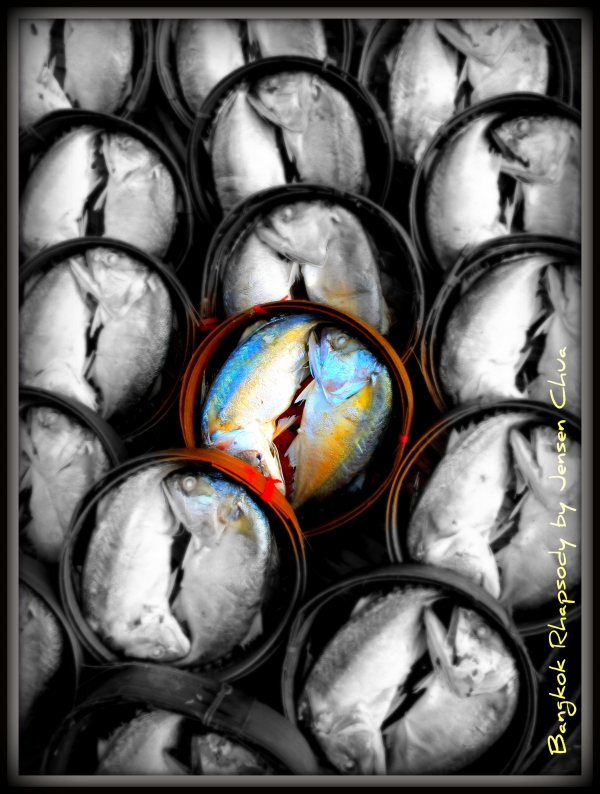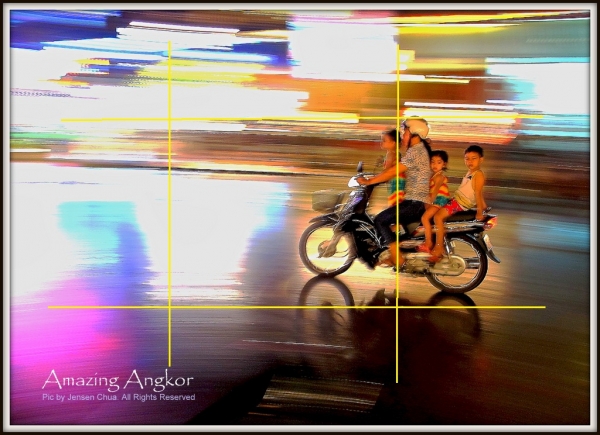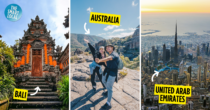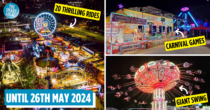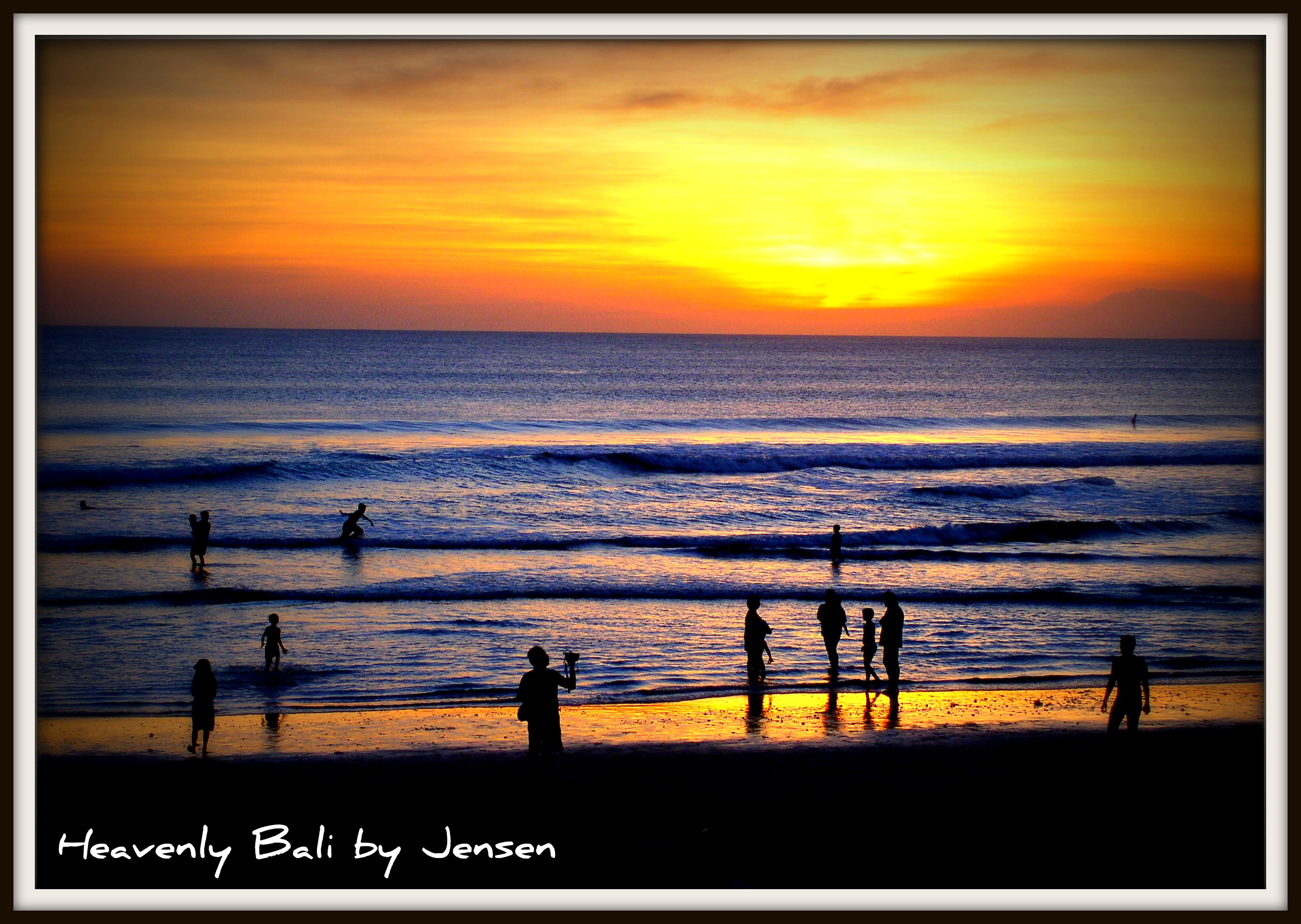
The secret to taking good pictures
With the year end holiday travel season looming, I hope this timely journal will help readers looking to add a little more “oomph” to their travel pictures. In a nutshell, to convey beauty in a picture one must first be able to feel and sense the beauty. And a lot comes from peace within yourself and a sense of “novelty” in the surrounding. Losing this edge is like an opened overnight can of Coke, left neglected in the fridge.
The pictures featured are shot by myself over the years using just simple cameras and techniques well within the grasp of any novices. Some pictures requires more effort while many essentially involves a simple requirement – “Desire”. Yes, the desire to shoot better pictures.
When one is motivated positively, generally the outcome will be similarly positive. My pictures may not appeal to some or maybe some will find it no big deal. But the main thrust of this journal is to help or inspire those who needs it. And with each section comes tips of actual photographs I’ve taken to help you guys visualize what I mean.
Tip 1: The Art of Composition
The ability to compose well is central to a good picture. To improve photography skill, we can learn by imitation, by reading, and in today modern context, through forum support groups or to those with more eagerness, take up photographic lessons.
It’s perfectly alright to imitate in the process of developing our own unique style. But of course, you must know the basic technical part of taking the photo or you will end up ruining your best shots due to inappropriate settings. And would be great that you are not clueless about your camera , however “idiot-proof” (whoever invented that phrase?).
Tha Ka Floating Village, Thailand. Camera : Canon Powershot G12, 1/400s, F2.8, ISO80. Colour Accent mode.
Just as there many ways to skin a cat (no worries, animal lovers, just an idiom (^_^)d ) , there many angles one can choose to convey a particular mood, idea or message. Look for unique angles, wait for the right moment, shoot more than one frame so you can choose the better ones.
The picture above was shot from an overhead bridge and looking down at the vendors activities on boats. My intent at that moment was to look for shapes, repeated patterns and lines. I must have shot more than a dozen frames. This was my favourite. In fact, it was sold a few times to 500px (a photo-sharing website) subscribers.
Tip 2: “LESS IS MORE”
One tip I always share with my photo buddies and friends who asked how to improve their pictures. Invariably, my advice would be “LESS IS MORE”. Be stingy and misery when choosing your subject. Do not try to include EVERYTHING you see in a SINGLE photo.
Because, ironically, you will end showing “nothing”. We must “eliminate” unwanted distractions and focus on a subject. Consider the following example, and you will know I what I mean.
Maeklong Railway Market, Thailand. Camera : Canon Powershot G12, 1/80s, F4.0, ISO160.
I was highlighted by my tour guide to a unique dish that is popular among Thais – the “Pla Too” (steamed mackerels in a basket). The picture above would be how most approach the angle. Yes, it is technically alright.
You can see the fish vendor, the bottles of chilli sauce behind her, part of another vendor in the background….but the pic lacks any excitement, simply a record shot. But what? you mean there’s possibility of an exciting shot of a fish vendor in a busy crowded market ? Why not ? take a look below.
Pla Too (Steamed Mackerel in a basket) – Maeklong Railway Market, Thailand. Camera : Canon Powershot G12, 1/80s, F5.6, ISO160. Edited on Picasa – Focal B/W and Softness.
The central point of interest can be an object, colour or shapes. A central theme can be a rhythm, repeated pattern or even a sense of “pandemonium”. The key is to search for pattern or relationships of things between one and another. The viewers will “connect the dots” on their own, subconsciously. That’s the fun part of looking at a picture.
Tip 3: Positioning your subject
This is one area that many novices make a mistake of. One cardinal rule is : NEVER PLACE SUBJECT IN THE CENTRE (there are exceptions, but I will touch on in the future). Consider the following picture for easy illustration.
Pub Street, Siem Reap, Cambodia.
Camera : Canon Powershot G12, 1/3s, F4, ISO400.
This picture of a lady motorist fetching her three children was shot on Pub Street in Siem Reap. While it may be an everyday occurrence in Cambodia, to us Singaporeans, it’s unthinkable. Therein, lies the the picture depicting local “flavour” and “novelty”, especially to developed countries viewers with strict road safety codes and enforcement laws.
The camera was firmly handheld at the hip and the speed effect was achieved by shooting at slow shutter speed, locking on and following the subject when squeezing the shutter release, a photo technique called “Panning”. Usage of a tripod would have vastly improve the picture quality. This is a case of adapting and making do with we have (or don’t have) at that moment.
And the picture employed what is called the RULES OF THIRDS. “The rule of thirds is applied by aligning a subject with the guide lines and their intersection points, placing the horizon on the top or bottom line, or allowing linear features in the image to flow from section to section.
The main reason for observing the rule of thirds is to discourage placement of the subject at the center, or prevent a horizon from appearing to divide the picture in half ” . Source – Wikipedia.
Sounds rather confusing ? I hope my explanation below helps.
In the picture above, I divided the picture into nine portion. By the positioning the subject one-third to the right, gives the effect of the motorcycle moving from right to left with some distance to go…placing it one-third in the left would negatively impact the “feel” and balance of the picture, as if the subject is going out of the picture. Placing subjects at one of the intersecting points would vastly contribute to a more balanced and pleasing composition. Of course, there are exception to the rules (which I will touch on in future).
So I hope the above tips helped in triggering and firing up motivation to add that “oomph” in your upcoming travel pictures. Of course, there many more other techniques, of which I share in future.
Memories are an integral part of our lives. While we strive look forward to better things in life, a nostalgic throwback to past memories (pleasant ones, of course), would serve to warm our heart and propel us to seek even more beautiful future.
I conclude this journal with a picture of taken on the amazing Tonle Sap lake, a UNESCO World Biosphere site, in Siem Reap (can you see the rules of thirds in the picture? ) .
May your life be like the boat…smooth sailing. And happy holiday (^___^)//
Tonle Sap, Siem Reap. Cambodia. Camera : Canon Powershot G12, 1/2000s, F4.5, ISO500.

Drop us your email so you won't miss the latest news.
